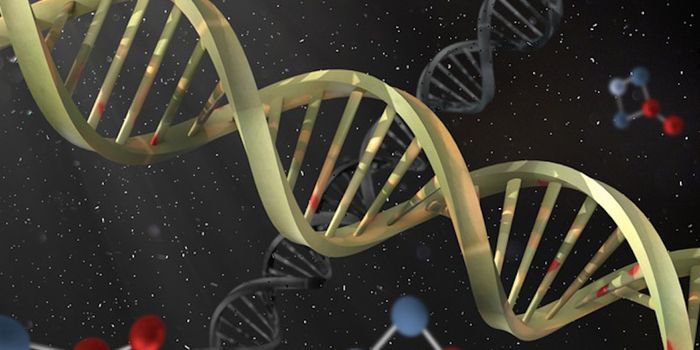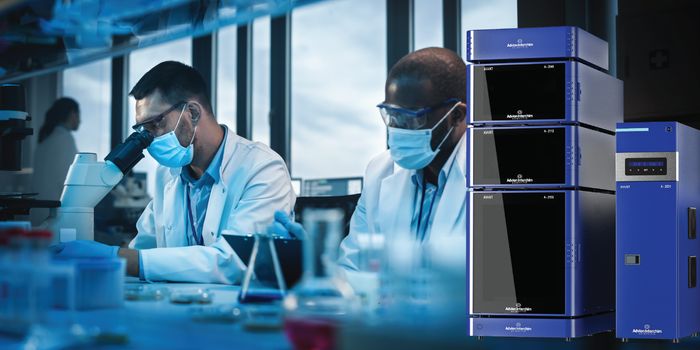Blood Vessel Growth Promoting Factor May Treat Osteoporosis
According to a new study at Weill Cornell Medicine, a blood vessel growth promoting-molecule may create a suitable environment for bone-building, providing hope for potential new drugs in the treatment of osteoporosis and fractures.

These research findings were published May 21 in the journal Nature Medicine and provided evidence of a substance involved in the development of nerve growth, known as SLIT3, was seen to reverse the bone-weakening effects of osteoporosis and aided in the healing of fractures in mouse models. This multi-center research effort could inspire drug development efforts that target the SLIT3 pathway in humans, allowing for a new approach in blood vessel-directed therapy in the treatment of bone loss, persistent fractures, and fragile bones.
As of now, existing drugs for osteoporosis work in one of two ways: (1) inhibit the cellular processes that destroy bone or (2) promote bone formation by activating osteoblasts. “But only those promoting new bone formation will help you actually heal a bone fracture,” says co-senior study author Dr. Matthew Greenblatt, an assistant professor of pathology and laboratory medicine at Weill Cornell Medicine. “Our findings have potentially demonstrated a third category: drugs that target blood vessel formation within bone, prompting new bone to form.”
Osteoporosis, a disease that leads to bone thinning and bone brittleness, causes nearly 9 million fractures worldwide annually, or one every three seconds, according to the International Osteoporosis Foundation. Women are more likely to be affected with osteoporosis and their risk significantly increases with age. One in two women and one in five men will have at least one osteoporotic fracture in their lifetimes, unfortunately, these fractures kill as many women as breast cancer. “Osteoporosis and skeletal fractures due to osteoporosis are both common and deadly,” Greenblatt said.
Investigators found that osteoblasts secreted unchanged amounts of almost all blood vessel growth-promoting factors. However, SLIT3 levels were higher than the rest of the factors in significant amounts; and when the mouse models were genetically modified to delete the expression of SLIT3, they immediately developed low bone mass.
“We next asked if we could use SLIT3 to treat mice with skeletal disease, especially osteoporosis and fracture healing,” Dr. Greenblatt said. “When we gave the rodents SLIT3, it reversed their osteoporosis and made their fractures heal faster and stronger. “To my knowledge, this is the first example that we can develop a drug to treat bone disease in mice not by targeting the bone-forming cells,” he said, “but instead by targeting special types of blood vessels that exist in bone.”
-
MAY 07, 2024Is It Anti-RNP or Anti-Sm/RNP?
- See More
-
APR 30, 2024Immuno-Oncology Virtual Event Series 2024
-
MAY 07, 20243rd International Biosecurity Virtual Symposium
-
JUN 06, 2024The Future of Scientific Conferencing
- See More

















































